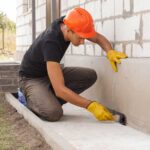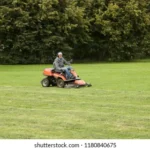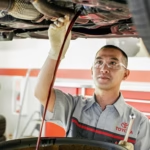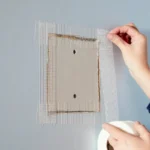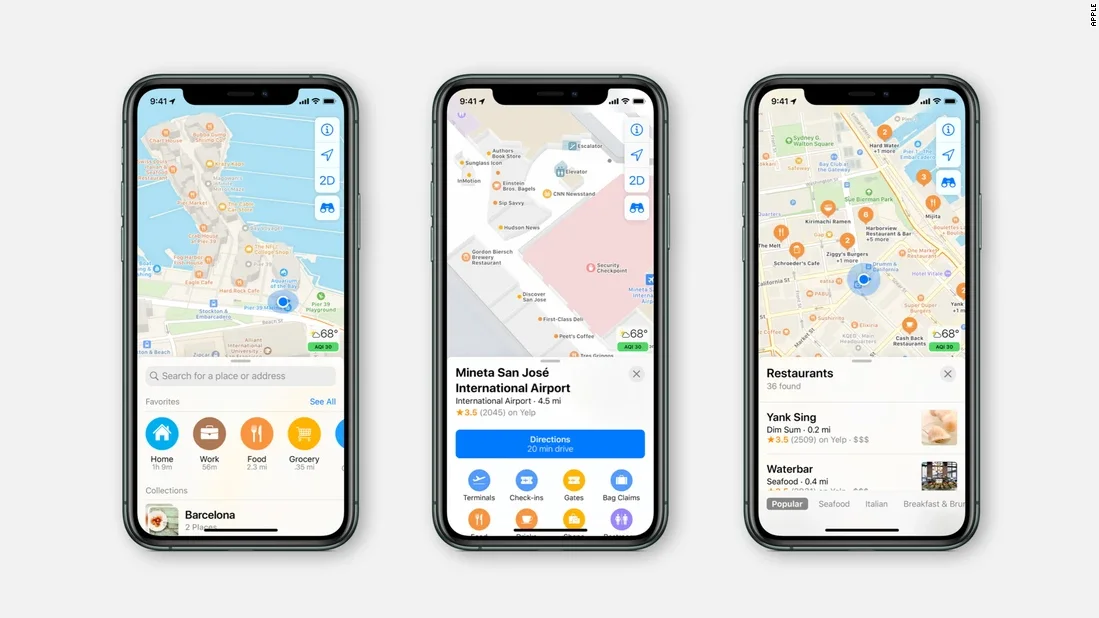Introduction: Why Riding Lawn Mower Repair Matters
If you own a riding lawn mower, you already know what a game-changer it can be for lawn maintenance. But like any hardworking machine, your mower needs regular maintenance and occasional repairs to stay in top shape. Neglecting small issues can lead to major headaches—and expensive repairs—down the line. That’s why understanding riding lawn mower repair isn’t just handy; it’s essential.
This comprehensive guide will walk you through everything you need to know about fixing your riding lawn mower. Whether you’re a weekend warrior who loves DIY projects or just looking to save money on repair bills, we’ve got you covered.
How to Know When Your Riding Lawn Mower Needs Repair

Sometimes it’s obvious your mower needs help—like when it won’t start at all. But other times, the signs are more subtle. Here are some clues that your riding lawn mower might be due for a repair: riding lawn mower repair
Strange Noises
Grinding, knocking, or high-pitched whining noises aren’t normal. These sounds often signal a problem with the engine, belts, or blades.riding lawn mower repair
Uneven Cutting
If your lawn looks like a bad haircut after mowing, your deck might be misaligned, or the blades could be dull or damaged. riding lawn mower repair
Loss of Power
If your mower slows down when you hit thick grass or uphill sections, it could mean engine trouble, clogged filters, or transmission issues. riding lawn mower repair
Knowing these early warning signs can help you catch problems before they become big (and expensive).riding lawn mower repair
Basic Maintenance vs. Repair: What You Can Handle Yourself
Before diving into full-on repairs, it’s important to understand the line between regular maintenance and true mechanical fixes. riding lawn mower repair
Routine Maintenance Tasks
These are the tasks you should be doing regularly:
Checking and changing the oil
Replacing the air filter
Sharpening the blades
Cleaning the mower deck
Charging the battery
These tasks keep your mower running efficiently and can prevent many common repair issues.riding lawn mower repair
When It’s Time for Repairs
If your mower still acts up despite regular maintenance, it’s time to get into repair mode. Things like a broken belt, faulty starter motor, or transmission issues go beyond basic care and need actual fixing.
Don’t worry—you don’t have to be a mechanic to handle most of these. With the right tools and guidance (like this guide), many riding lawn mower repairs are totally DIY-friendly.
Tools and Supplies You’ll Need for Repairs
Before you start tearing into your mower, make sure you have the right tools on hand. Trying to improvise can cause more damage than good. riding lawn mower repair
Must-Have Tools
Socket set and wrenches
Screwdrivers (flathead and Phillips)
Pliers and wire cutters
Torque wrench
Jack or lift (for getting under the mower)
Multimeter (for electrical issues)
Helpful Supplies
Replacement belts, spark plugs, and filters
Engine oil and fuel stabilizer
Grease and lubricants
Shop rags and degreaser
Having a clean, organized workspace also makes a big difference. Lay out your tools and parts before you start so you’re not scrambling riding lawn mower repair
Common Riding Lawn Mower Problems and How to Fix Them
Let’s dive into the meat of it—what to do when your mower’s not working like it should. Here are the most common issues and how to fix them.
The Mower Won’t Start
This one’s a classic—and it’s usually due to a few main culprits: riding lawn mower repair
Check the Battery If the engine doesn’t even try to turn over, your battery might be dead. Test it with a multimeter or try jump-starting it.
Inspect the Spark Plug A dirty or worn-out spark plug can prevent ignition. Pull it out and check for carbon build-up or corrosion.
Fuel Issues Old or contaminated fuel can clog your carburetor. Drain the tank and use fresh gas. Adding a fuel stabilizer can help prevent future issues.
P Mower Starts but Dies Quickly
If your mower fires up but stalls after a few seconds:
Clogged Air Filter A dirty air filter chokes the engine. Replace it and see if that helps.
Blocked Fuel Lines Sediment can block the fuel flow. Disconnect the line and blow it out or replace it.
Carburetor Trouble If cleaning the air and fuel system doesn’t help, your carburetor might need cleaning or rebuilding.
Blades Aren’t Engaging
You hit the blade switch and nothing happens. This could be: riding lawn mower repair
Broken or Slipping Belt Check the belt that drives the blades. If it’s loose, cracked, or missing altogether, that’s your problem. riding lawn mower repair
Faulty PTO Switch or Clutch The Power Take-Off (PTO) switch engages the blades. If the switch or the clutch is faulty, the blades won’t spin.
Safety Interlock Issues Many mowers have safety switches that prevent blade engagement if certain conditions aren’t met (like being in the right gear). Make sure everything is set properly.
Smoking Engine
Seeing smoke? Don’t panic—it’s not always bad news.
Oil Leak Oil dripping onto a hot engine will smoke. Check for leaks around the oil filter and seals.
Too Much Oil Overfilling the oil can cause blowback and smoke. Drain the excess and check the level.
Burnt Oil If the oil hasn’t been changed in a while, it can overheat and smoke. A simple oil change can often solve this. riding lawn mower repair
